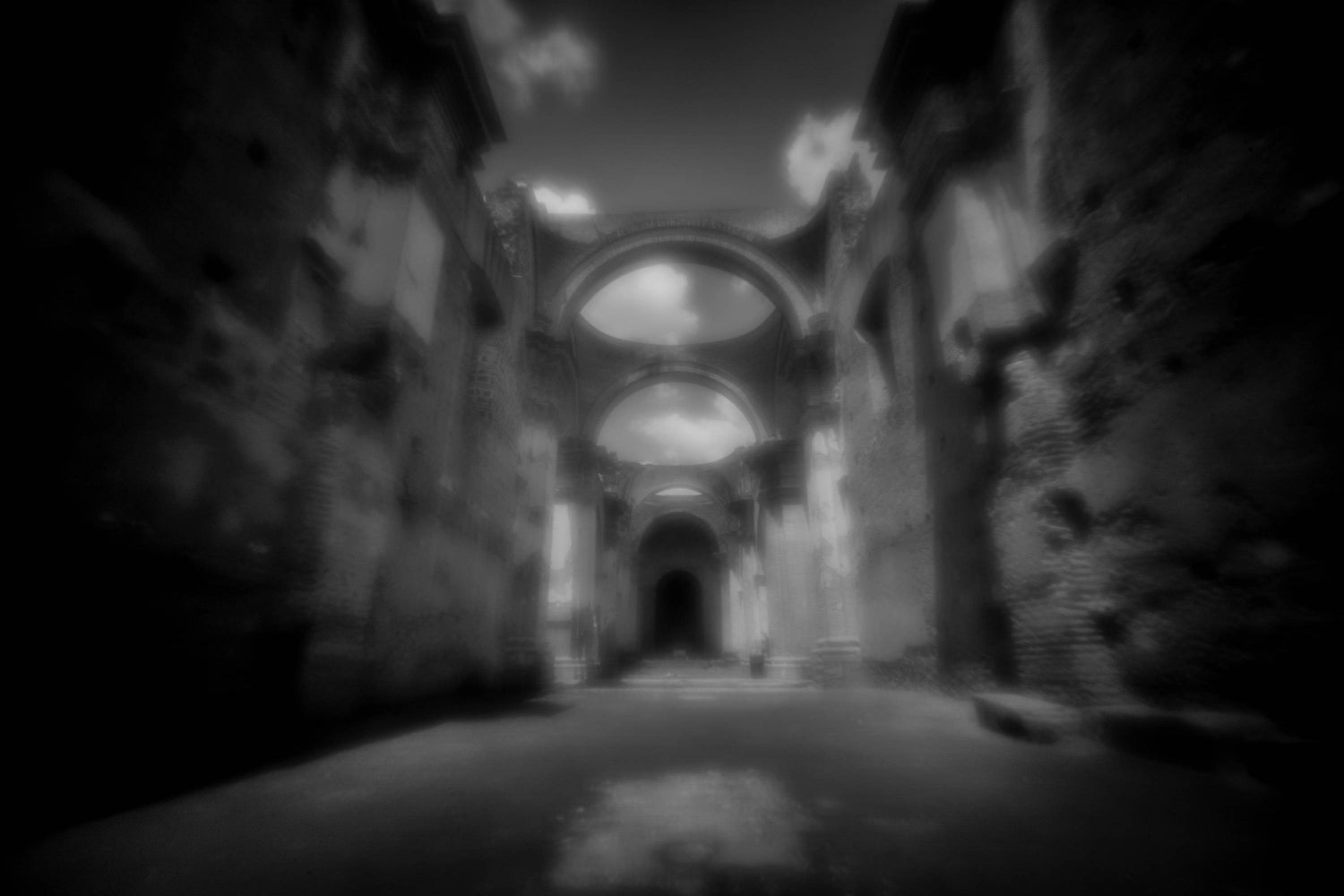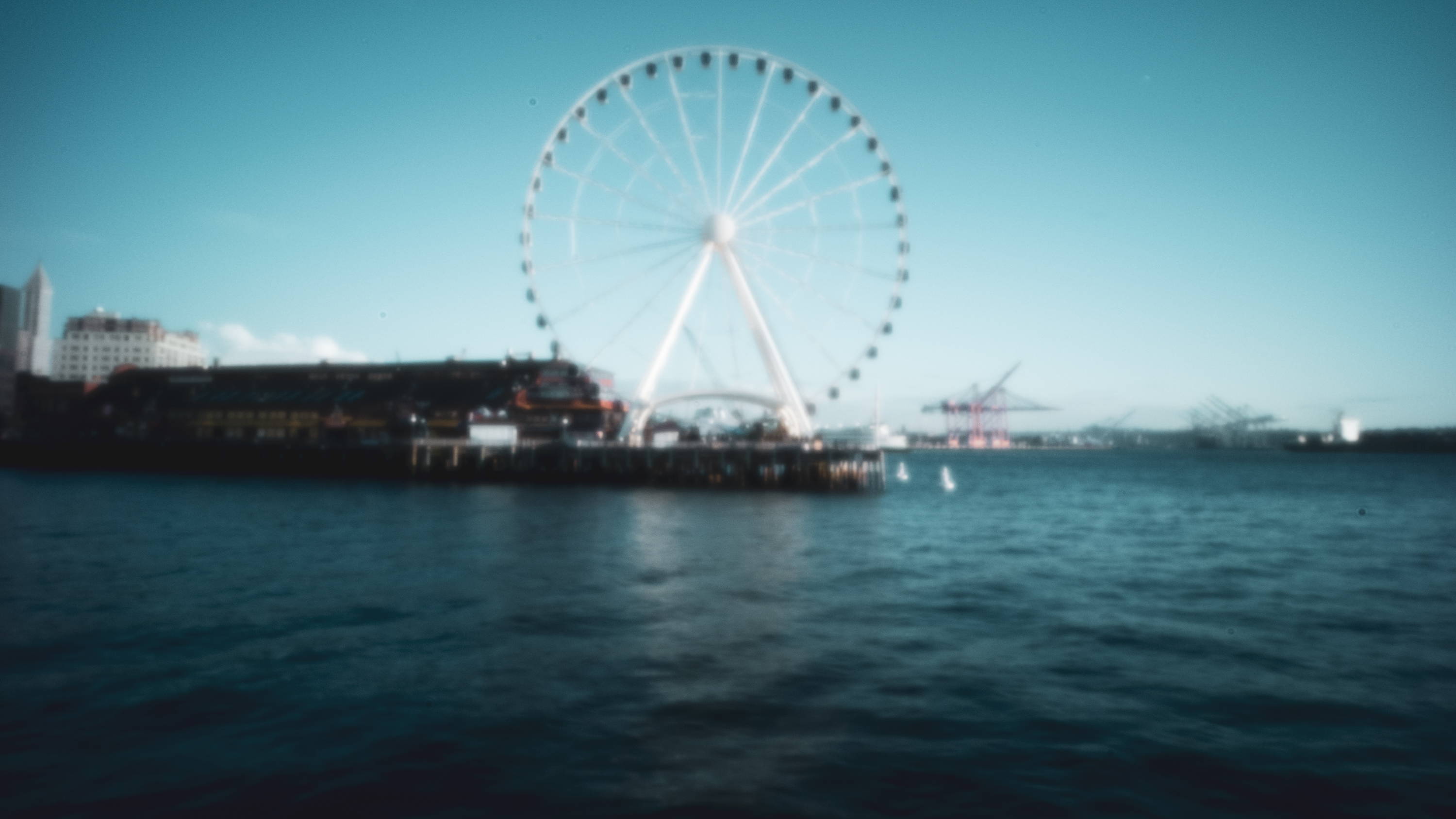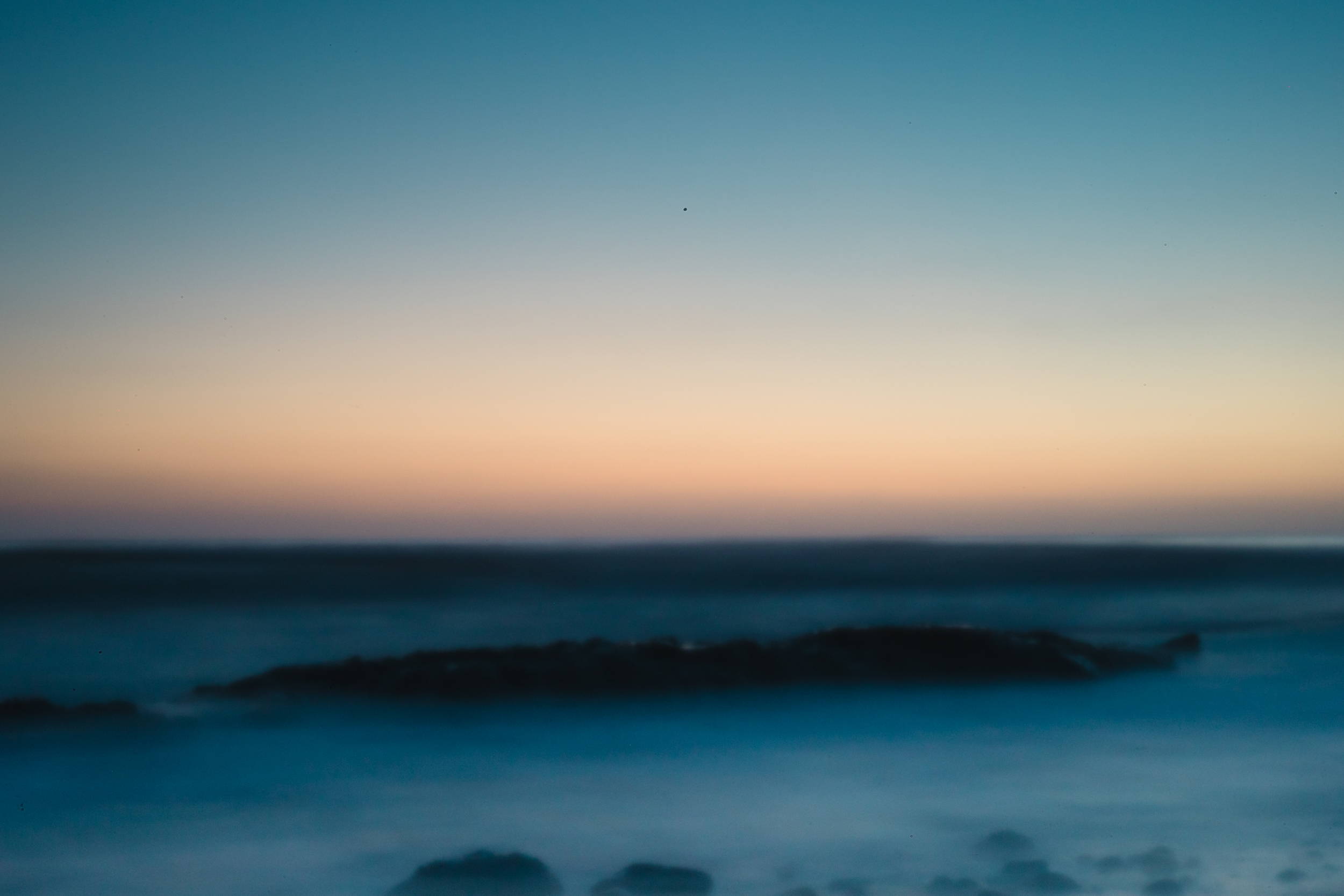Lensbaby Obscura Pinhole Sieve | ISO | 200 | 1/50 | Sony a7 II
Photography and paintings will forever be connected as art forms that capture a moment and elevate imaginations. In this blog, Juan Pablo Mendez Garzona is taking us on an artistic journey through history to outline how famous artists from Leonardo da Vinci to Dutch painter Johannes Vermeer used Camera Obscura to create captivating works of art. Now, with Lensbaby's Obscura camera lens you can create modern day photographic art with a technique that is reminiscent of a much older time.
The word "Photography" can be translated from Greek as "Painting with Light," this is a clear example that photography and painting are connected somehow. During history, we can find some examples of this relationship between both arts.
Well, but… What would happen if we add some Science to Art?
Since the very beginning of Art History, science and art have been closely related. Such is the case of the Camera Obscura, which means "darkroom" or "dark chamber."
The Camera Obscura involves a lot of science, and it's a principle that consists of a dark room with a small hole in one of the walls that projects an inverted image of the objects outside in the opposite wall of the hole.
This engraving depicts how a Camera Obscura works, projecting an image of the exterior through a hole in the opposite wall.
The first descriptions of a Camera Obscura come from a Chinese philosopher named Mozi in the 4th century B.C. The Greek philosopher Aristotle (384 - 322 B.C.) also described his observances with a Camera Obscura.
Later on, in the 6th century A.D., the Byzantine mathematician Anthemius of Tralles did some experiments involving light and math, describing the Camera Obscura.
Other philosophers and astronomers used the Camera Obscura for scientific purposes, such as observing the sun during solar eclipses and astronomic descriptions. For example, the Dutch philosopher, mathematician, and inventor Gemma Frisius published the first illustration of a Camera Obscura to depict the observance of the solar eclipse of 1544.
But what about art and photography?
The famous artist David Hockney published in 2006 a book called "Secret Knowledge: Rediscovering the Lost Techniques of the Old Masters," a book where he analyses the work of many famous painters from the Renaissance and the Baroque period. In this book, he found many of them could have built and used a Camera Obscura for artistic purposes.
One of these artists was Leonardo da Vinci (1452-1519), who detailed how to use this principle in art as help for drawing an image of what is outside the room with the sunlight.
Other artists used the benefits of the Camera Obscura to facilitate the process of drawing, especially with complex scenes like architecture, perspectives, and human beings.
A famous artist, said to be known for using the camera obscura, was the Dutch painter Johannes Vermeer (1632-1675), who used the Camera Obscura in some of his most famous paintings. Although all the art critics don't accept this affirmation, many of them agree that the point of view in some of his paintings, and the perspective he used, could have been achieved by using this invention.
Another artist who used a Camera Obscura was the Venetian painter Giovanni Canaletto (1697-1768), who made some drawings of Venice.
Many other artists are well known for using a Camera Obscura. This evidence shows us how important this invention has been for artistic purposes and for helping the artists achieve a realistic look in their artworks. Of course, this doesn't take off their artistic merits, but it's a way they could save a lot of time during the drawing process.
During the following centuries, some improvements were made to the Camera Obscura, such as adding a mirror to redirect the light or adding some lenses to improve the definition of the outside images.
However, it wasn't until the 19th century, where the Camera Obscura principle became necessary for the development of photography. Many scientific discoveries and experiments were made to register the projected image in the opposite wall of the chamber. Some inventors such as Thomas Wedgewood, Joseph Nicéphore Niépce, William Fox Talbot, and Louis Daguerre developed the first attempts to capture this image and made it permanent by using chemicals.
Since the invention of photography, many painters reacted, claiming that photography wasn't art. This was because their job of depicting people started to be replaced by photo studios. The strict art academies in Europe supported this idea. Still, the painting evolved to different art movements such as Pre-Raphaelite, Impressionism, and a wide variety of Vanguard movements at the end of the 19th century and the 20th.
Some people with artistic skills started using photography to express their ideas, creating and experimenting with photography. One of the most remarkable artists was Oskar Gustav Rejlander. This allegory relates how "The infant Photography" gives the painter an additional brush, helping him keep creating art.
"If you are new to Obscura, I would start practicing outside in bright light, and if you are indoors right by the window where the sun is shining through the openings in the window blinds."
One of the most remarkable movements at the end of the 19th century was Pictorialism. Artists looked for compositions and themes related to painting, creating an atmospheric look in all the pictures. This movement is a clear example of how photography and art are closely related.
As time passed, photography started to be recognized as an art, cameras, and lenses evolved, and improvements were made to make obtaining an image easier. Although nowadays, we have many facilities to take pictures, technology is developing so fast that all the knowledge and experimentation behind photography is disappearing.
For those of you who want to go back to the foundations of photography, Lensbaby has released The Obscura. This new lens has three settings: pinhole, pinhole sieve, and zone plate that goes back to the Camera Obscura principle, allowing you to achieve images that have a beautiful vintage look.
The Obscura is the perfect combination between science and art, between the foundations of photography and modern digital images. The effects that can be achieved with it aren't what is usually expected about photography. This allows us to experiment, create new things, and enjoy the process more than the final result.
Lensbaby Obscura Pinhole | ISO | 200 | 1/50 | Sony a7 II
Lensbaby Obscura Pinhole Sieve | ISO | 200 | 1/50 | Sony a7 II
Lensbaby Obscura Zone Plate | ISO | 200 | 1/10 | Sony a7 II
In these images, we can notice how The Obscura behaves with each aperture setting. Of course, the effects achieved vary in each aperture. Still, in all of them, we can see every picture's vintage look, especially when converted to black and white.
In the next images, we can notice how The Obscura can create compositions inspired by classic art.
Lensbaby Obscura Pinhole | ISO | 400 | 1/10 | Sony a7 II
Lensbaby Obscura Zone Plate & Pinhole | ISO | 3200 | 1/10 | Sony a7 II
I hope this article was helpful to understand how the Camera Obscura works and how useful it has been for artists and photographers through history. And I also hope these images have inspired you to experiment, create, and go back to the foundations of photography.
Want your shots featured by Lensbaby?⠀
Be bold and shoot extraordinary! Make sure to tag your photos on IG with #Lensbaby, #ShootExtraordinary, and let us know what gear you’re using. 📸 ⠀
Juan Pablo Méndez Garzona
Juan Pablo Méndez Garzona is a graphic designer, Professor and art lover who has found in photography the joy of creating art pieces. His photographic style is strongly influenced by classic art movements, vintage houses and nature. His style is a contrast between the divine and the dark, wisdom and nostalgia for an age that is forever gone.
Instagram Website



Leave a comment
All comments are moderated before being published.
This site is protected by hCaptcha and the hCaptcha Privacy Policy and Terms of Service apply.